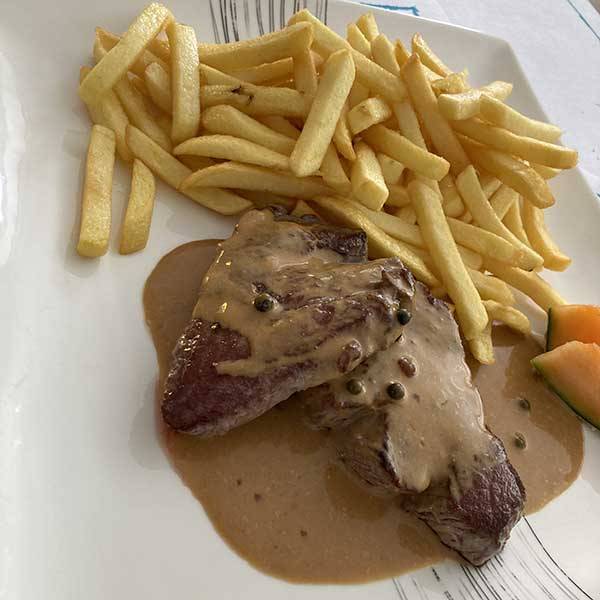

In this roundabout way the political/religious movement of Northern Irish Protestantism acquired an association with the color orange, the Irish national flag acquired its orange band, and Syracuse University in New York state acquired its "Otto the Orange" mascot. The town has no obvious association with the fruit other than being on the road from Marseilles to Paris, along which masses of oranges were transported to northern France and beyond.

The name subsequently was corrupted to Auranche, then Orange.

sources to be from aura "a breeze" and a reference to the north winds which rush down the valley, but perhaps this is folk etymology of a Celtic word. Its Roman name was Arausio, which is said in 19c. The name is from the town of Orange on the Rhone in France, which became part of the Nassau principality in 1530. His cousins and their descendants constitute the royal line of Holland.
#Arausio town free#
Please note that the content of this book primarily consists of articles available from Wikipedia or other free sources online.1796 in reference to members of a secret politico-religious society founded 1795 in Belfast to promote Protestant power in Northern Ireland, named for William of Orange (who became King William III of England and triumphed in Ireland at the head of a Protestant army at the Battle of the Boyne), of the German House of Nassau. Two councils were held at Orange (Arausio), a town in the present department of Vaucluse in southern France. The Battle of Arausio took place on October 6, 105 BC, at a site between the town of Arausio (modern day Orange, Vaucluse) and the Rhône River. The first met on November 8, 441, in the church.

It is generally believed to date from the Augustan period, but this theory is based more on town-planning criteria than on architectural study of the monument. Orange’s Roman history really starts in 105 BC, when two Roman armies were heavily defeated by a confederation of Gallic tribes at the Battle of Arausio. Ranged against the migratory tribes of the Cimbri under Boiorix and the Teutoni were two Roman armies, commanded by the proconsul Quintus Servilius Caepio and consul Gnaeus Mallius Maximus. It would be another 70 years before the Roman city of Orange was built by veterans of the Second Legion in the now pacified Gaul. However, bitter differences between the commanders prevented the Roman armies from cooperating, with devastating results. The Battle of Arausio was a battle fought between the Roman Republic and the tribes of Cimbri and Teutones roughly in the year 105 BC on October 6th. The terrible defeat gave Gaius Marius the opportunity to come to the fore and radically reform the organisation and recruitment of Roman legions. Lucius, Tribuneofthe Plebs, 1 Aquae Sextiae, town in southern France, battle of, 1 Aquillius, Manius, Consul, 1, 2 Arausio, town near Rhne, battle of. It was a decisive battle fought near the present day town of Orange and the Rhone River in the larger Cimbrian War between the Roman Republic and various tribes in Europe. The Battle of Arausio took place on 6 October 105 BC, at a site between the town of Arausio (modern-day Orange, Vaucluse) and the Rhône River. Roman losses are described as being up to 80,000 troops, as well as another 40,000 auxiliary troops (allies) and servants and camp followers - virtually all of their participants in the battle. Ranged against the migratory tribes of the Cimbri under Boiorix and the Teutonic under Teutobod were two Roman armies, commanded by the proconsul Quintus Servilius Caepio and consul Gnaeus Mallius. "About this title" may belong to another edition of this title.


 0 kommentar(er)
0 kommentar(er)
